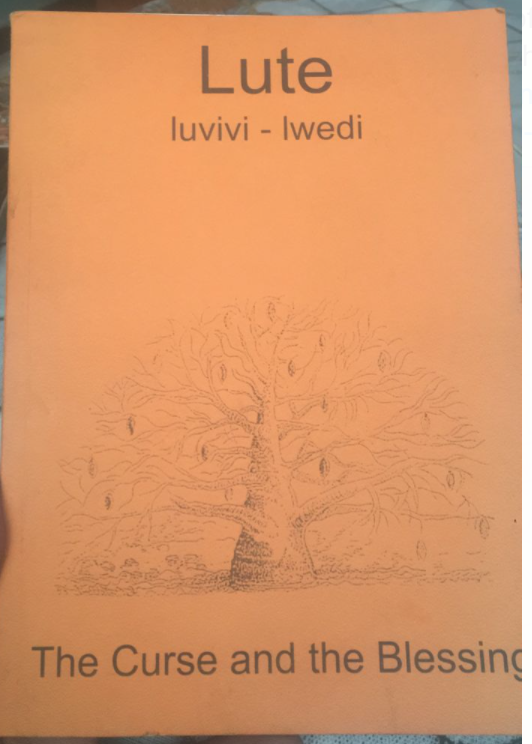
Elly D.Kimbwereza
Email: elly.Kimwereza@gmail.com
Way back in 1918 in Heliopolis near Cairo, Egypt a small piece of paper was found in a book manuscript with the following words. ‘‘Please make sure that this manuscript is written into the form of a book and give it to the Pare people because it is their history. It took 90 years to have that wish realized when in 2008 the book was launched in Mbaga. The author was a German world War 1 prisoner of war taken from Mbaga Southern Pare Mountains.
As an anthropologist apart from his missionary work took time to research on customs, traditions, native religious beliefs of the Pare people in which he ably came out authoritatively on the Pare’s historical life style. The title of the book is Lute Luvivi-Lwedi- The curse and the blessings by Jacob J. Dannholz.
Mbaga hills are located in the Northern Part of the Eastern Arc Mountains forests. Rising from the surrounding plains in Same the winding roads take visitors high into the mountains where they can experience some of Africa’s most spectacular scenery. With the history of German influence a backdrop of quant stone buildings, landscaped terraces and mini-waterfalls, this area offers a unique view into a picturesque African Village. No wonder the cultural tourism programme in this area is described in some travel Guide books e.g the Rough Guide to Tanzania as the best run in Tanzania. Whether you decide to hike through Shengena forest, climb the peaks to view the vastness of Mkomazi National Park enjoy the rich history of Malameni rock, the Mkumbavana caves or the natural beauty of Tona Moorland, mountain lake Ranzi and Red reservoir there’s a memorable visit and experience for you at Mbaga hills. The people have kept their traditional Pare culture throughout history. A stay in Mbaga hills can easily be combined with a visit to neighboring Mkomazi national Park, which contains 90% of all botanic species in Tanzania and 1/3 of plants classified as unique in the world.
The Germans established what used to be native schools around 1908 in Mbaga and according to available school records the first car ever to reach Mbaga Manka was in March 1953 driven by the District Development officer named Bwana H. Mason. This historical hide away takes you back in time and is far removed from the modern day chaos.
Over the years there has been concerted efforts to introduce several development initiatives in Mbaga and these include improvement of road infrastructure several primary and secondary schools and maintainance of German built houses the Church,Hospital and Residential houses which are still in good condition and in regular use.
The German missionary Dannholz wrote a book titled in the Bondage of evil spirits veneration during his 110 years stay in Mbaga and hopefully more research will be done through his writings.
Mbaga overlooks Mkomazi National Park which scientific research describes it as having great biological significance, representing one of the richest Savannas known in Africa and containing many species found nowhere else in Tanzania.
Another book – Mkomazi – The ecology Biodiversity and Conservation of a Tanzanian Savanna.
only for the local villagers but also other Tanzanians to learn about their environment historical buildings and other structures of traditional worship when they come to the mountains as students, teachers or just plain visitors ( local tourists).
A rich and tangible history adds to the natural splendor of Mbagaand makes it an unsurpassed mountain village.
*Elly D.Kimbwereza is the coordinator of Cultural Tourism in the South Pare Mountains Same.
